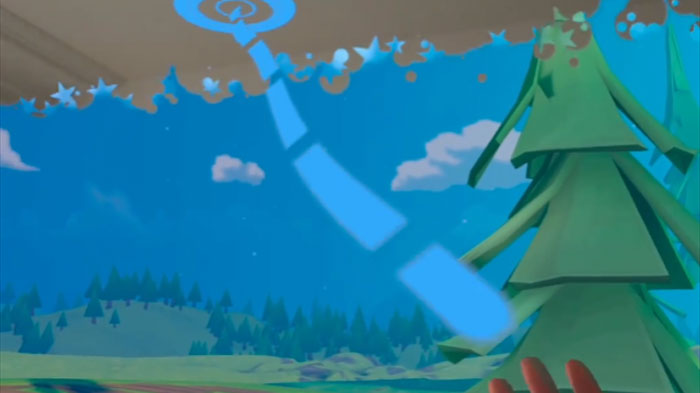 EMERGING TECH
EMERGING TECH
 EMERGING TECH
EMERGING TECH
 EMERGING TECH
EMERGING TECH
Meta Platforms Inc. is continuing to push the boundaries of virtual reality with upcoming devices, and the next one, known as Project Cambria, will make VR feel more real by incorporating mixed reality.
Meta Chief Executive Mark Zuckerberg today revealed how Cambria will work for the first time with a brief demonstration.
Mixed reality operates by incorporating VR and live images from cameras attached to the headset in a fashion similar to augmented reality. Unlike augmented reality devices such as HoloLens 2 and Magic Leap 2, however, users are not peering through a pane of glass, they’re instead staring at a screen inside the VR headset that encompasses their entire vision.
The end result is that the headset retains complete immersive control over the entire visual environment with a much greater field of view. That means users can put on the headset and dive into fully virtual spaces and games that whisk them away to other worlds, making their living rooms disappear, or alternatively place virtual objects into their rooms, onto tables and interact with them as if they were in the real world.
The new headset uses a technology Meta calls the Presence Platform, for which the company announced general availability today. It allows developers to incorporate better hand-tracking, voice interaction and video passthrough into their apps.
Although Zuckerberg declined to show off the new headset’s design in his demo, a report from Protocol today revealed that it has new image sensors with three times the resolution of the current-generation Meta Quest 2 VR headset. They deliver a much more vibrant experience than the Quest.
“There’s a good road map to get that to be even higher over time,” Zuckerberg said. “We’ll keep on pushing on that.”
To show off the power behind mixed reality and Cambria’s sensors, Zuckerberg played a brief demo of an app called “The World Beyond.”
The app is being released for the Quest 2 next week and will allow users to interact with a cute, virtual monster that will play fetch. They can grab and throw a ball that can bounce off walls in the real world. Users can also point at walls and turn them into portals into a colorful animated world.
According to Zuckerberg, adding passthrough to headsets is a big part of making VR feel more natural and providing a sense of “presence” that will make remote work and play a better experience. Cambria will be amid the first set of devices for remote workers who will be able to use to create virtual office spaces wherever they are and interact with their coworkers using 3D avatars.
“This feeling of presence is something that you can’t really get through any other technology today,” Zuckerberg said.
Project Cambria is expected to launch sometime later in 2022, but Meta has not yet revealed details on its exact timeline.
THANK YOU